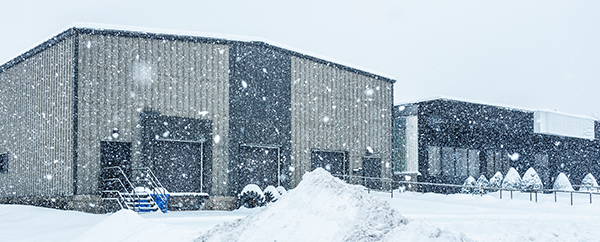Ice can be very rigid at cold temperatures and as it expands it s trying to find room for itself.
Ice quake roof.
Or something like those huge booming noises glaciers make when.
Cryoseisms also known as ice quakes or frost quakes last winter rattled people in minnesota and wisconsin when temperatures fell below zero.
Snowstorm sweeps through middle east winter keeping its icy grip around the eastern us.
An ice quake ruined my driveway.
Frost quakes also known as cryoseisms occur after precipitation and bitterly cold temperatures.
Here in minnesota when the temps dip to 35 or colder this house makes noises like huge ice cubes in a glass crackling and breaking.
The first occurrence was widely reported across social media on christmas.
As far as the noises seemingly coming from the roofs or sides of your homes demets said the booming is coming from the ice and sometimes if you have a large low frequency sound it could cause.
As our meteorologists explained in a previous story those are called ice quakes.
Toronto if you re like many people across the gta you ve heard what sounded like something falling on your roof lately.
The phenomenon happens when water underground freezes and expands shaking the ground and making loud popping sounds.
Scientifically known as a cryoseism an ice quake or frost quake is a rare but surprising phenomenon that is caused when water seeps into the ground and then quickly freezes and expands cracking the ground around it.
More popularly known as ice quakes or frost quakes because they feel and sound like minor earthquakes cryoseism is most common on glaciers where ice is continually expanding and contracting leading to great booming cracks as fissures form in the ice.
When this happens the results can be explosive and quite startling.
Water expands when it freezes and stress builds up until it is released.
Extreme cold temperatures during the winter months can result in reports of a little known phenomenon called cryoseism.

